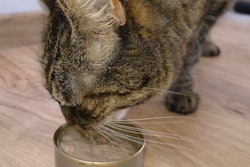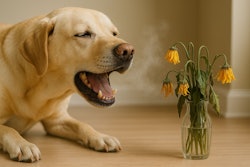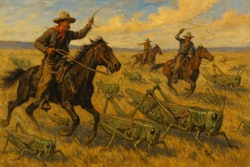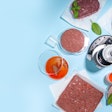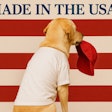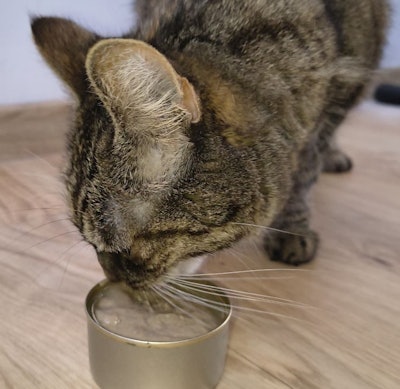
BioCraft Pet Nutrition has released results from a new product carbon footprint analysis showing that its cell-cultured pet food ingredient generates just one-twelfth of the carbon dioxide emissions associated with conventional beef byproducts commonly used in pet food.
The assessment, conducted with carbon accounting firm ClimatePartner, compared emissions from BioCraft’s BioCrafted Meat to beef byproducts such as offal, bones, blood, and fat — ingredients often perceived as lower-impact alternatives to human-grade meat in pet food.
According to the analysis, which followed standards from the Greenhouse Gas Protocol and used databases such as ecoinvent and Agri-footprint, traditional beef byproducts produce about 21.28 kg of CO₂ per kilogram, while BioCrafted Meat yields only 1.73 kg of CO₂ per kilogram.
“The difference in CO₂ emissions between BioCrafted Meat and conventional beef used for pet food is due to our unique production process, which harvests the full contents of the bioreactor, which also makes it quite different from cultivated meat production,” said Dr. Shannon Falconer, founder and CEO of BioCraft. “The environmental impacts of raising cattle are caused by the entire animal, not merely the portions used in the human food supply.”
Jakob Sterlich, CEO of ClimatePartner Austria GmbH, added: “BioCraft’s approach demonstrates a high level of resource efficiency by maximizing product yield per volume of initial nutrient inputs, which directly contributes to the significantly lower carbon footprint of the ingredient. Such innovations are important steps in reducing the environmental impact of pet food ingredients, such as feed, water use, methane emissions, and land use.”
The study measured emissions from “cradle-to-customer plus end-of-life,” covering raw material sourcing, packaging, production, distribution to pet food manufacturers, and product disposal. It did not include emissions from final consumer product production or use. BioCraft’s analysis used European energy standards, assuming production in the Netherlands with a mix of energy sources, and accounted for all major greenhouse gases as CO₂ equivalents.
BioCraft recently received approval to sell its cultured pet food ingredient in Europe. The company’s first product is made from mouse cells, a nod to the ancestral prey of both cats and dogs. The unstructured ingredient is designed to mimic meat slurry already used in pet food and can be directly substituted in wet or dry recipes at comparable inclusion levels.



